Homes Around the World
Developed by Tara Mollo, Playful Practicum 2022
Around the world people have different access to tools, availability of materials and endure a variety of types of climates.
Students will learn about different types of houses there are in the world. They will learn what materials are used and why they use these materials. With this knowledge students will write about their house and build a 3-D model of it.
This lesson plan can be divided up over a course of a few days or week.
New vocabulary:
- weave- interlacing long threads passing in one direction with others at a right angle to them.
- thatched– cover (a roof or a building) with straw or a similar material.
- turf– grass and the surface layer of earth held together by its roots.
- stilts- a pair of upright poles with supports for the feet enabling the user to walk at a distance above the ground.
- clay– a sticky, mud-like material found in the ground, often used to make
pottery or bricks. - reed- a tall grass that grows in water or on marshy ground.
- carving- an object or design cut from a material.
- material- what something is made out of.
Materials
- The book, “Homes Around the World” or watch Youtube video
- World Map or Globe
- Recycled materials (i.e. paper towel tubes, pieces of cardboard, tissue boxes, small boxes, plastic bottles, etc)
- Pencils
- Masking tape
- Scotch tape
- Glue bottles
- Glue sticks
- Tissue paper (assorted colors)
- String
- Yarn
- Modeling Clay
- Air Dry Clay
- Craft sticks
- Children blunt scissors
- Bowls/plates/trays to hold smaller materials (ie. smaller recycled materials).
- Pencils
- Crayons
- Colored pencils
Set Up
- Clear students’ tables of other materials (ie workbooks, notebooks, etc).
- Have a materials table set up in the back of the classroom; have materials grouped together by classification (ie. paper towel tube, string, tape, etc).
- Have some materials pre-cut for students that may struggle with cutting; such as tape, string, yarn.
- Since this lesson is designed to be completed in a course of a few days or week.
- Have a safe area or table where teams can place their homes while they are in between working on them.
Student’s Job
Can you construct a house from another part of the world?
● Step 1- Have each student pick one of the houses from the Homes Around the World slideshow. Encourage students to pick a different one from classmates so there are no duplicates.
● Step 2- Explain to the students that they will first write two or more sentences about the house that they have chosen (can use provided writing paper).
● Step 3- Students will draw a picture of the house they are building. They can reference the slideshow, book, or printed out slideshow pictures to help them with their drawing. (This can be their blueprint to follow when building in Step 4)
● Step 4- Using their blueprint drawing, students will then begin to construct their house.
Further Challenges:
● After completing their houses, hold a Homes From Around the World Exhibit. Invite families, other classrooms or teachers in for students to show off their knowledge about their homes they built.
Teacher’s Job
Standards Alignment
Common Core Standards:
SPEAKING & LISTENING
Kindergarten.1: Participate in collaborative conversations with diverse partners about kindergarten topics and texts with peers and adults in small and larger groups.
SPEAKING & LISTENING
Kindergarten.5: Add drawing or other visual displays to descriptions as desired to add additional detail
SOCIAL EMOTIONAL LEARNING
Relationships Skills: Teamwork
WRITING
CCSS.ELA-LITERACY.W.K.2
Use a combination of drawing, dictating, and writing to compose informative/explanatory texts in which they name what they are writing about and supply some information about the topic.
SCIENCE
K-2-ETS1-1 Engineering Design
Ask questions, make observations, and gather information about a situation people want to change to define a simple problem that can be solved through the development of a new or improved object or tool.
Performance Expectation.
K-2-ETS1-2 Engineering Design
Develop a simple sketch, drawing, or physical model to illustrate how the shape of an object helps it function as needed to solve a given problem.
Performance Expectation
Prepare/ Background Info
● The book, “Homes Around the World” (or watch Youtube video) to students.
● After reading the book, have a class discussion of how and why people use the materials they do to build their house.
● Go over the key idea that people chose building materials carefully. They consider the environment and the purpose of why they are building their structure.
● Show students the House Around the World- Google Slides. Ask them to think about which house they would like to build. Try to encourage students to not pick the same house, so there are no duplicates.
● Have students first write two or more sentences about their house (ie. materials used to build it, why and where in the world they are found). And then, draw a picture of the house.
● Then have students then build a 3-D model of their house using materials supplied.
Effective Facilitation
● Walking around during writing time; re-explain the writing task/prompt to students if needed. Encourage students to sound out words to spell.
● Check in occasionally to see if students have questions or seem stuck during writing and during building their house.
● Encourage students to reference to book, slideshow and photographs while building.
Play to Notice
Dynamic- Students incorporate new ideas of the world and houses found around in it. Building on their understanding of the variety of materials that can be used in making a house; and why people choose the materials they do to make their homes.
Experiential– Students will learn through hands-on exploration while building their houses. Students will learn from their environment by interacting with real objects, choosing their own activity to complete, experimenting, making mistakes and trying again.
Physical– Students will work on fine motor skills while writing and building their project; through cutting, pasting, painting, spreading, etc.
Social– With communications and interactions with each other will help assist students to use new vocabulary taught and promote discussions on their ideas while constructing their house.
Content Matter to Notice
Walk around while students are working; observe students and ask them open ended questions:
● What ideas do you have about building your house?
● What kind of house do you want to build? Why?
● Which materials will you use? Why?
SEL to Notice
SEL.Relationship Skills: Teamwork
Let students know that it is OK to make mistakes because we learn valuable information. We are all learning and trying to find better ideas or solutions.
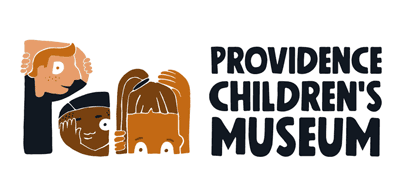
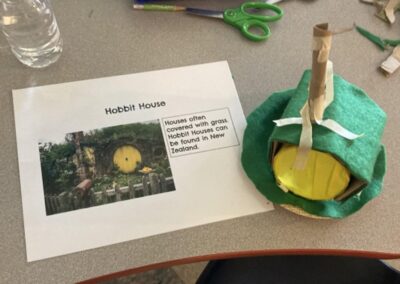
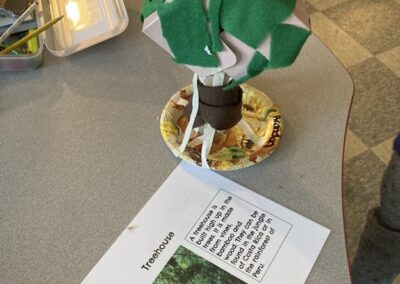
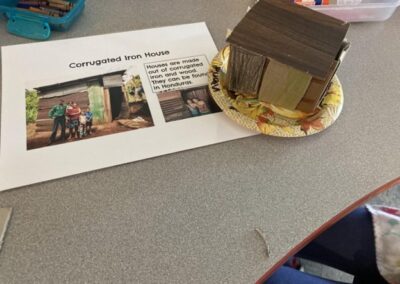
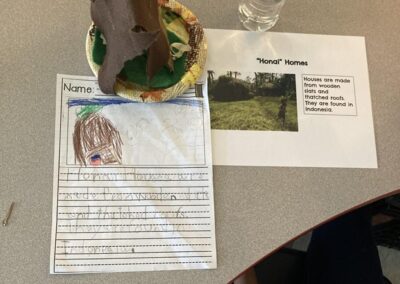
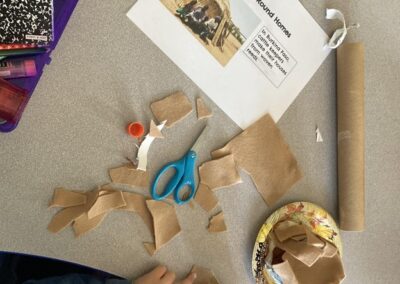
0 Comments